Ranking the best free website builders in 2025
 By David Nge | Last Updated: November 19, 2025
By David Nge | Last Updated: November 19, 2025
My work is supported by affiliate commissions. Learn More
 By David Nge | Last Updated: November 19, 2025
By David Nge | Last Updated: November 19, 2025
My work is supported by affiliate commissions. Learn More
You want to build a website, but you'd rather not pay for it.
Understandable, and you’re not alone.
I’ve built sites using dozens of website builders over the years, and the truth is, only a handful of free options are actually worth your time.
Here, I’ll break down which free website builders give you the most value, what the trade-offs are (because there’s always a catch), and how to know which one is right for your goals.
Let’s dive in.
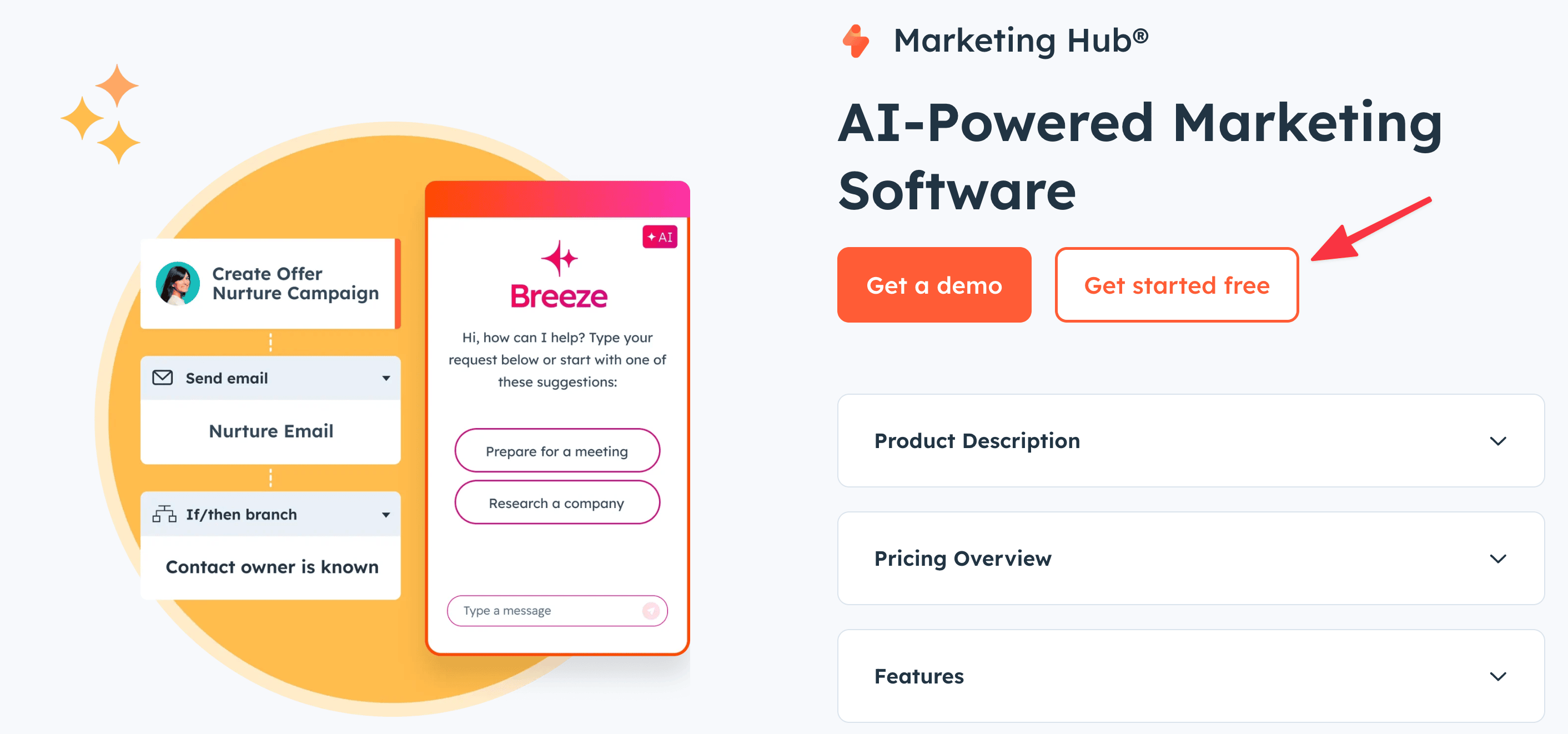
HubSpot, known for its CRM and marketing software, offers a free website builder as part of its Marketing Hub, which is their free plan that includes not just the website builder, but a suite of marketing tools like CRM contacts, email newsletter, live chat, forms, etc.
It is also the only website builder on this list that lets you add a custom domain, email, blog, and accept payments (via Stripe) completely for free.

You can see how it's particularly attractive for businesses that want to build a small business website without incurring costs.
Also, speaking of paid, HubSpot’s upgrades can get very expensive at the higher tiers (they have an $18/month starter, but advanced plans jump into hundreds/month).
Overall, Hubspot is great as a launchpad for a small business or startup.
If you're willing to sacrifice customizability and put up with a small ad, you can get a decent professional-looking site on your own domain, plus useful marketing tools like blog, emails, CRM, erc – all for free.
Other free Hubspot alternatives you can consider to build a general business site: Wix, Jimdo, and Google Sites.
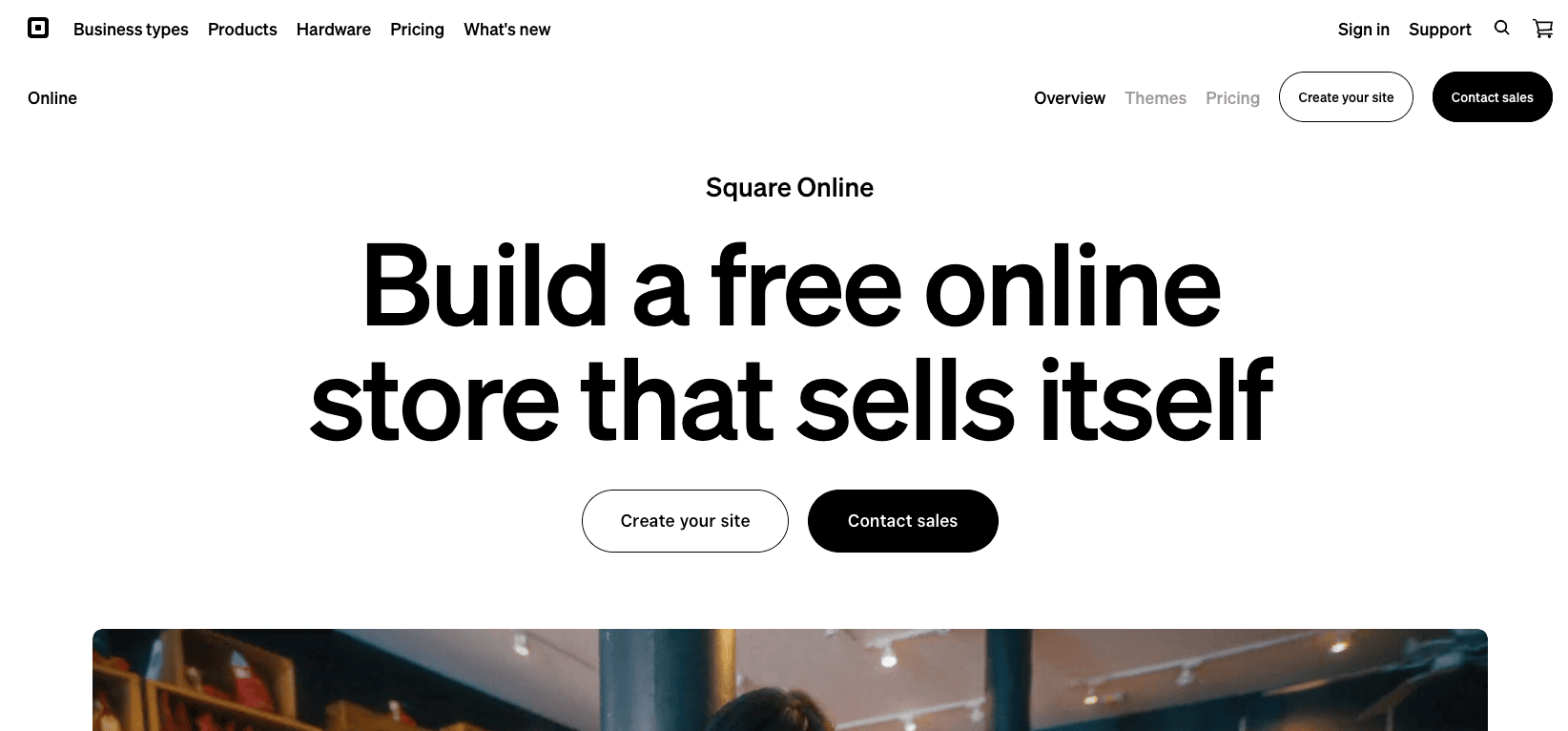
If Square allows you to connect a custom domain for free, it will be my top recommendation for a general free business site, right above Hubspot.
Mostly because it has fewer compromises and the site editor is easier to work with, and it has a full e-commerce store enabled for you.
If you don't know, Square Online was originally Weebly (before Square acquired them), and it now inherits Weebly’s original user-friendly, section-based editor.
Weebly was known to be easy to use. You drag pre-designed content sections onto pages, so you can build a professional-looking online store without any tech skills.
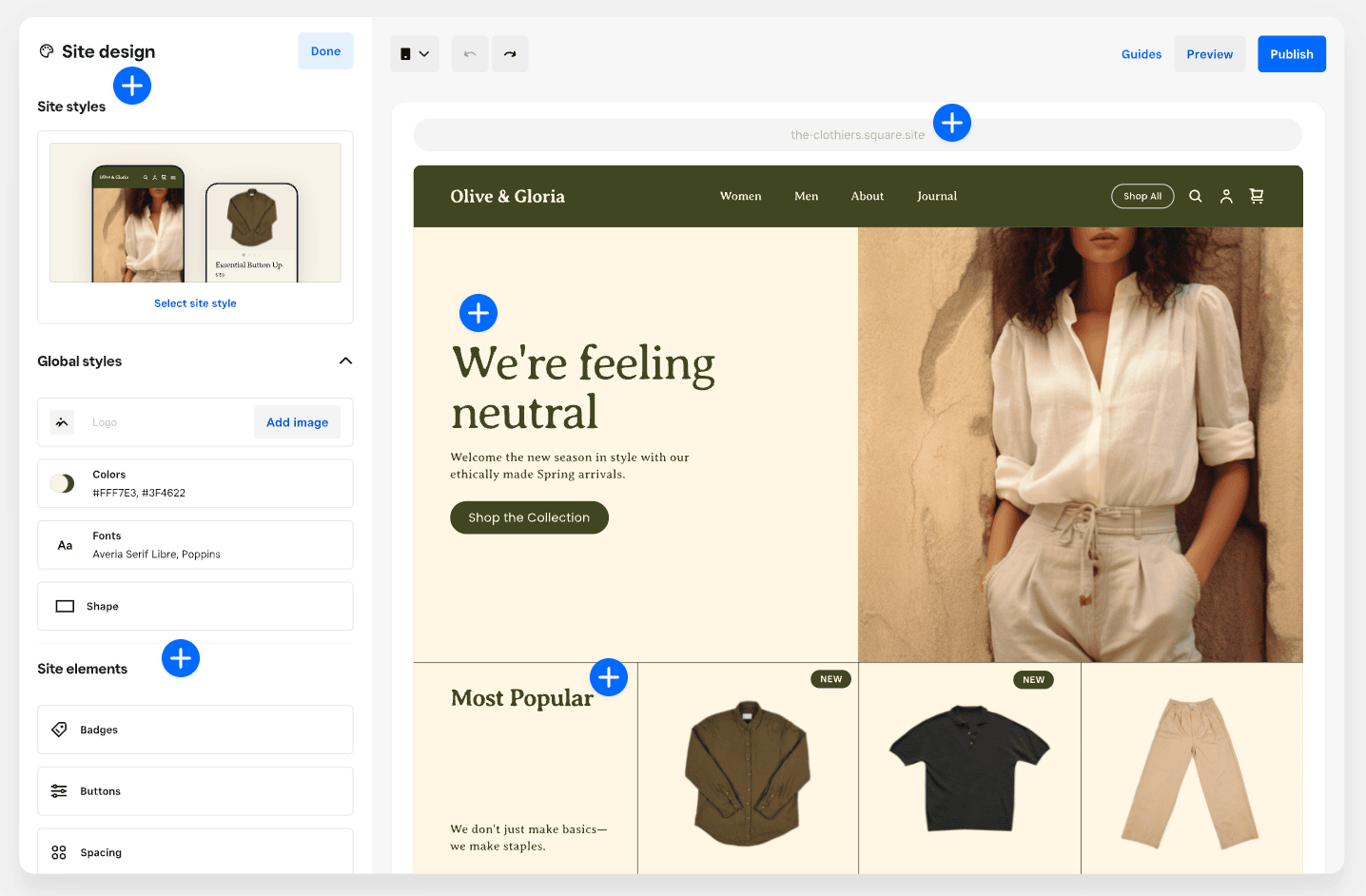
As for their eCommerce features, Square doesn't lock its store or shopping cart behind a paywall. You can list unlimited products, accept online payments (Square just takes the transaction fee), and offer services like curbside pickup for you.
yourStore.square.site.Square is great if you want to build a free online store. You get a multi-page site with eCommerce capabilities, but you get a small branding as a trade-off.
Other free Square alternatives you can check out:
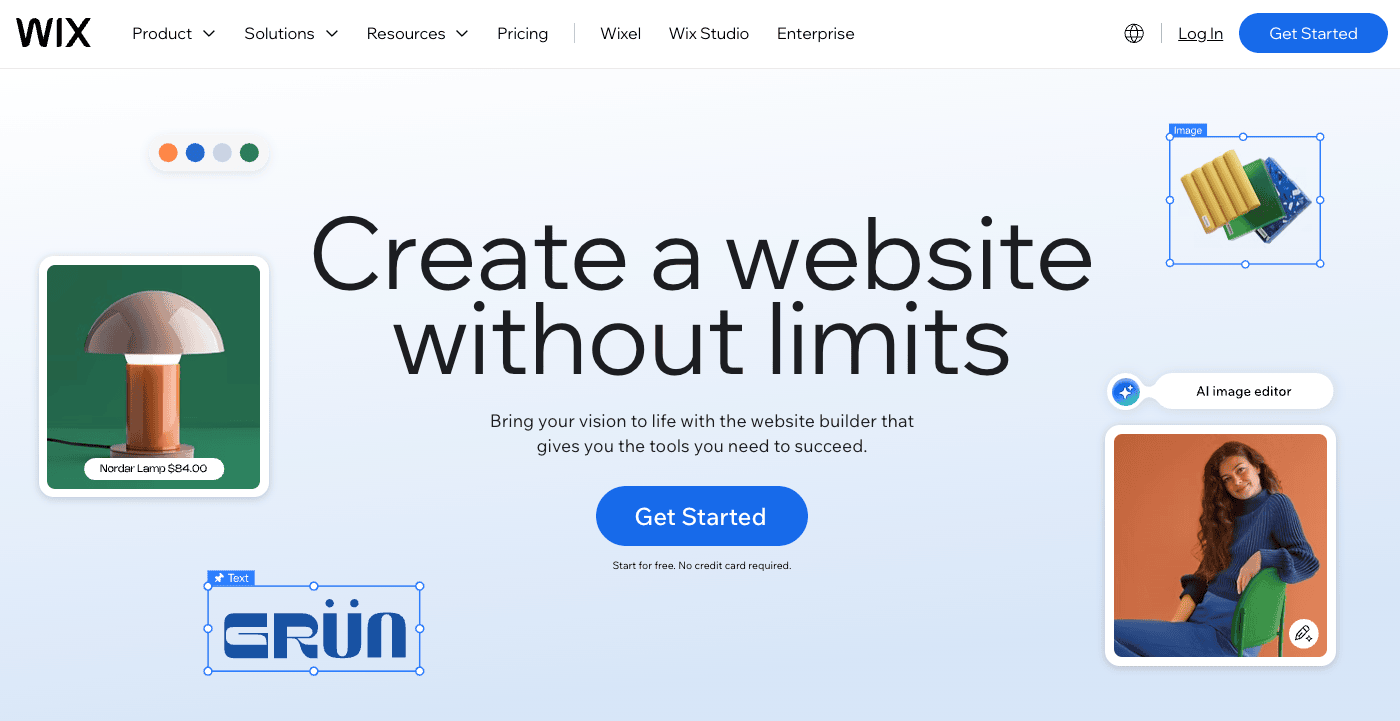
Wix is by far the most popular website builder in the market, in part because they are the most customizable, with the most templates (over 2000 as of this writing), and they have one of the largest app/plugin stores right behind Wordpress and Shopify.
Over 200+ templates specifically designed for portfolios and CVs, with a drag-and-drop editor to arrange pretty much anything on your pages. And they have also have pre-built sections to save you some time.
Other specific Wix features for building portfolios: customizable image and video galleries, instagram feed, slideshows, and more...
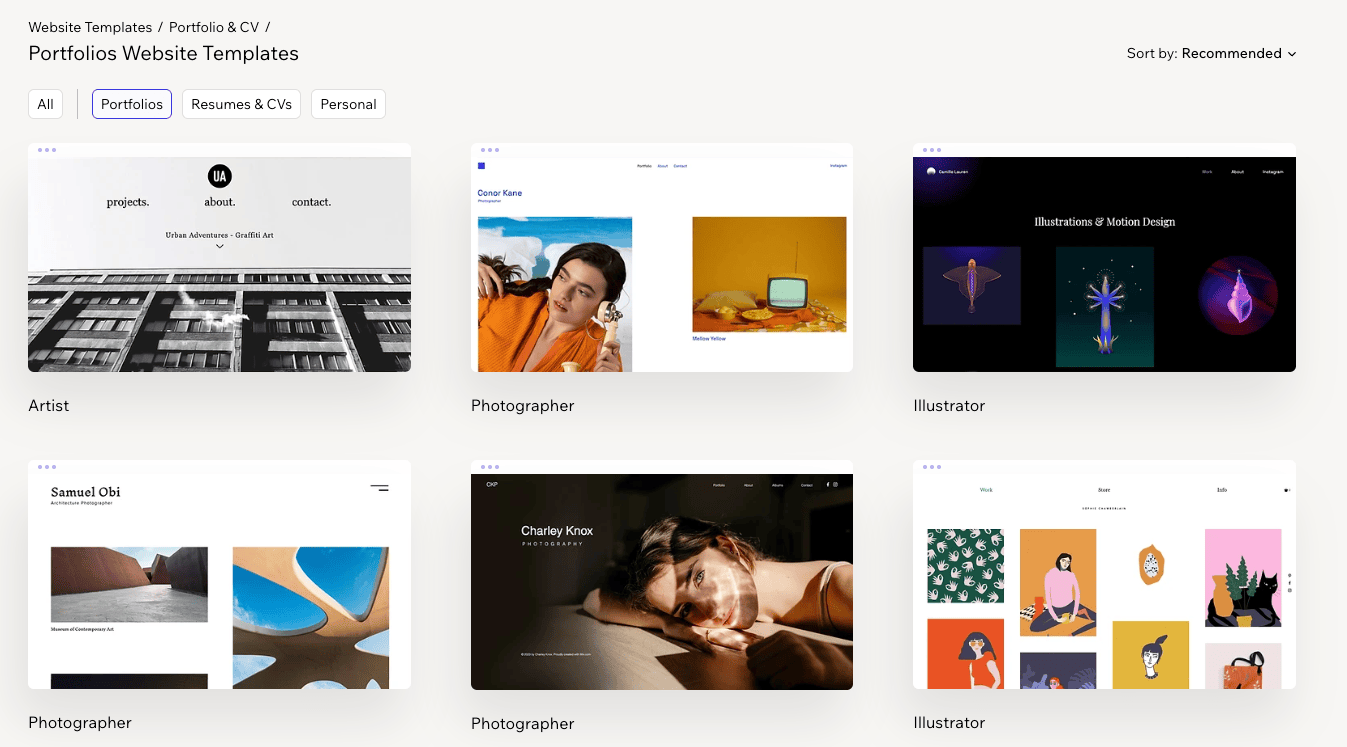
username.wixsite.com/sitename, which is pretty long, compared to other site builders like Square or Carrd.Use Wix if you prioritize building a custom website. Know that the user experience can be slighly frustrating and if you don't mind the obvious Wix branding on your site.
Other Free Wix alternatives for portfolio:
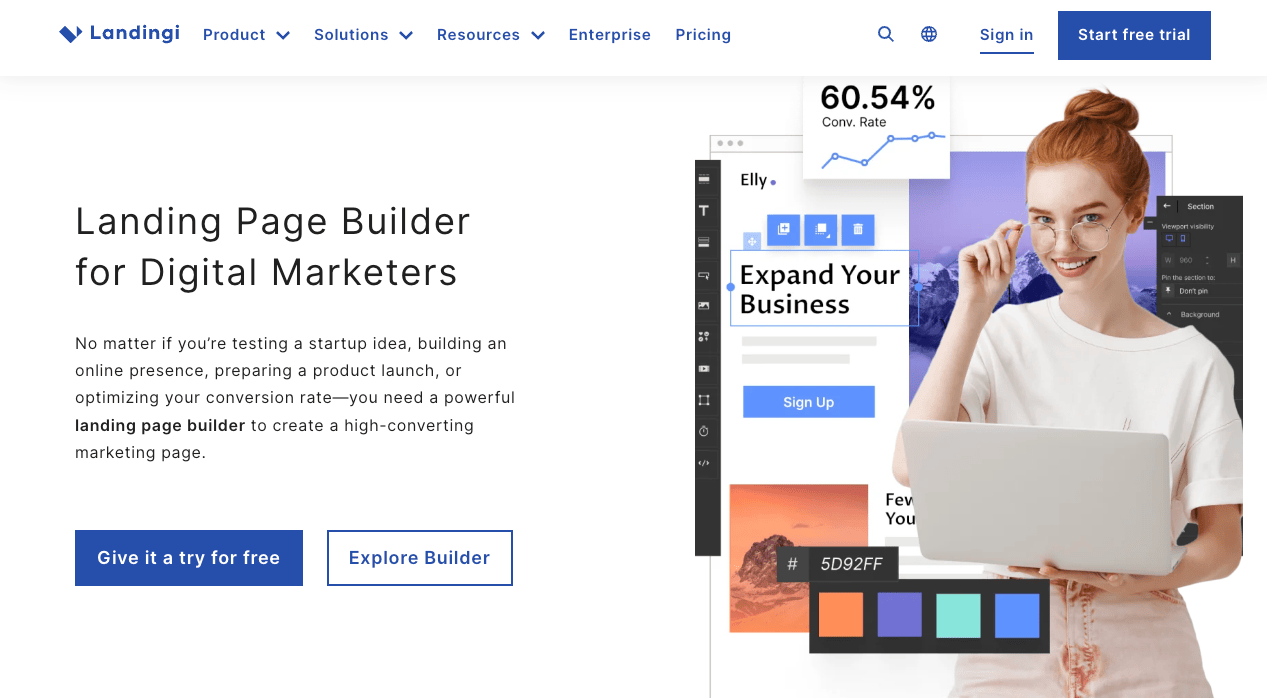
Landingi is more advanced than the average landing page builder, as they specialize in building landing pages for lead generation efforts.
As a former CRO specialist, I can tell these lead-generation specific features were meant for marketers who heavility test their landing pages:
They also have (as of this writing) 400+ landing page templates across a variety of industries.

Anyone, but especially marketers or growth specialists who are constantly tweaking their landing page to optimize landing page conversions or return on ad spend (ROAS).
Free landing page alternatives: Wix, Webflow, and Wordpress
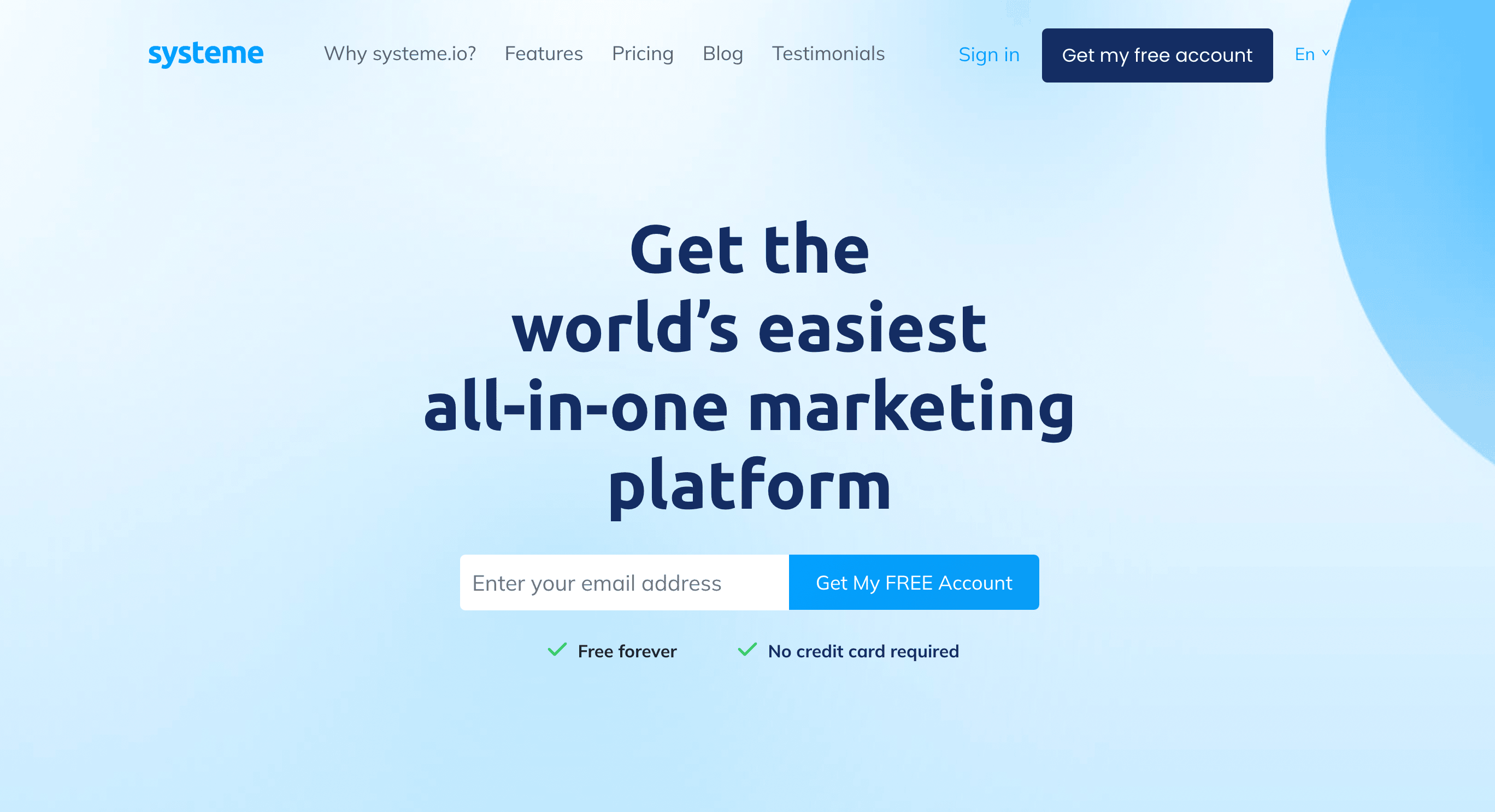
Systeme is an all-in-one marketing platform that has rapidly expanded since its launch in 2018.
If you're a course or content creator, instead of signing up for multiple platforms like Wix, Mailchimp, Memberspace, Systeme can replace all these platforms.
Basically, it allows you to create your website, send your emails, sell your courses (or other digital products), and manage memberships all in one place.
You can build a free website, set up your first sales funnel, and send emails to your subscribers.
One of their best features though is 0% transaction fees even on the free plan.
Generous free plan. Great for course sellers or if you just want to sell some digital products. Pretty easy to set up and there's a healthy community behind the platform.
Free Systeme alternatives: Payhip (sell unlimited products, but comes with a 5% transaction fee).
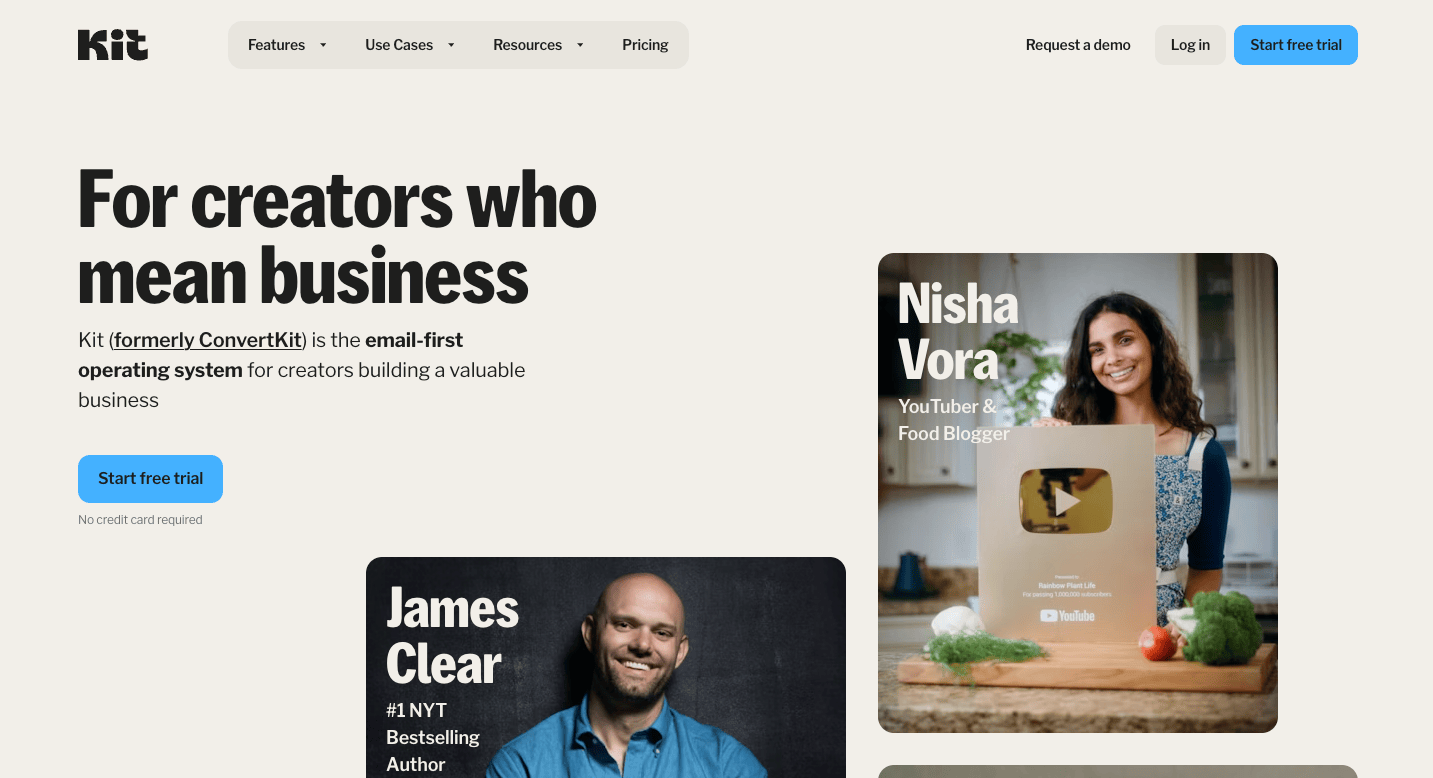
Kit (previously ConvertKit) is an email marketing platform that has grown and rebranded since Nathan Barry founded it in 2013.
Their free plan, also named the "Newsletter plan" is very generous in my opinion, allowing you to send unlimited emails to up to 10,000 subscribers, that's the most among ALL email platforms in the market. Plus, you also get to set up 1 free email automation.
Even though they're not known for it but you can also sell digital products with using one of their sales page templates, or run a premium newsletter with a monthly access fee.
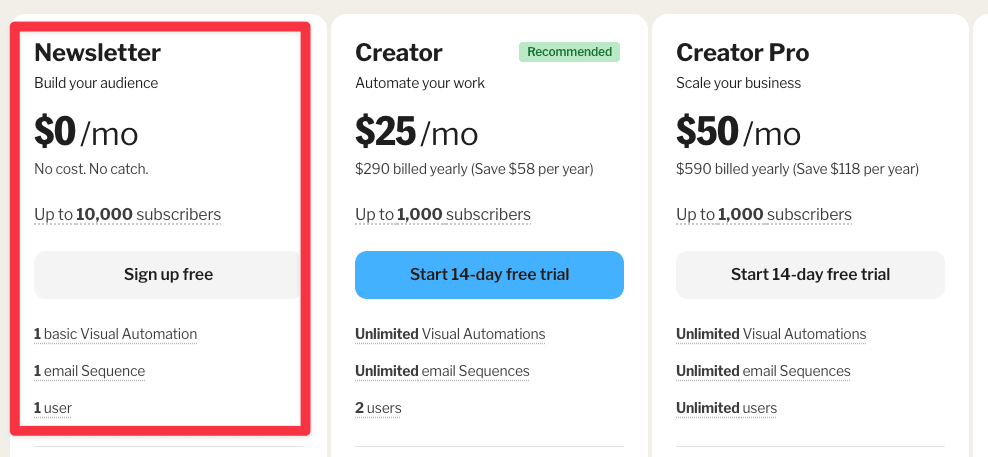
Fun fact: When you join Kit, they'll invite you to their creator community, where they run monthly challenges and offer accountability to help creators succeed. You also get free courses to help you build a thriving online business.
Most of Kit's landing page themes are basic and are primarily designed for collecting email addresses for newsletters or waitlists.
Also, when you exceed the 10,000 free subscribers limit, the paid plan for 10K subscribers on Kit starts at $99 per month, whereas a similar platform like MailerLite costs just $65 per month.
Kit is a great starter platform for any business who wants to build their newsletter subscribers, you can't find any other email marketing platforms that would let you grow to 10K subscribers for free.
Plus, you can even set up 1 email automation on the free plan, which is typically a premium feature on other email marketing platforms.
Free Kit alternatives: MailerLite
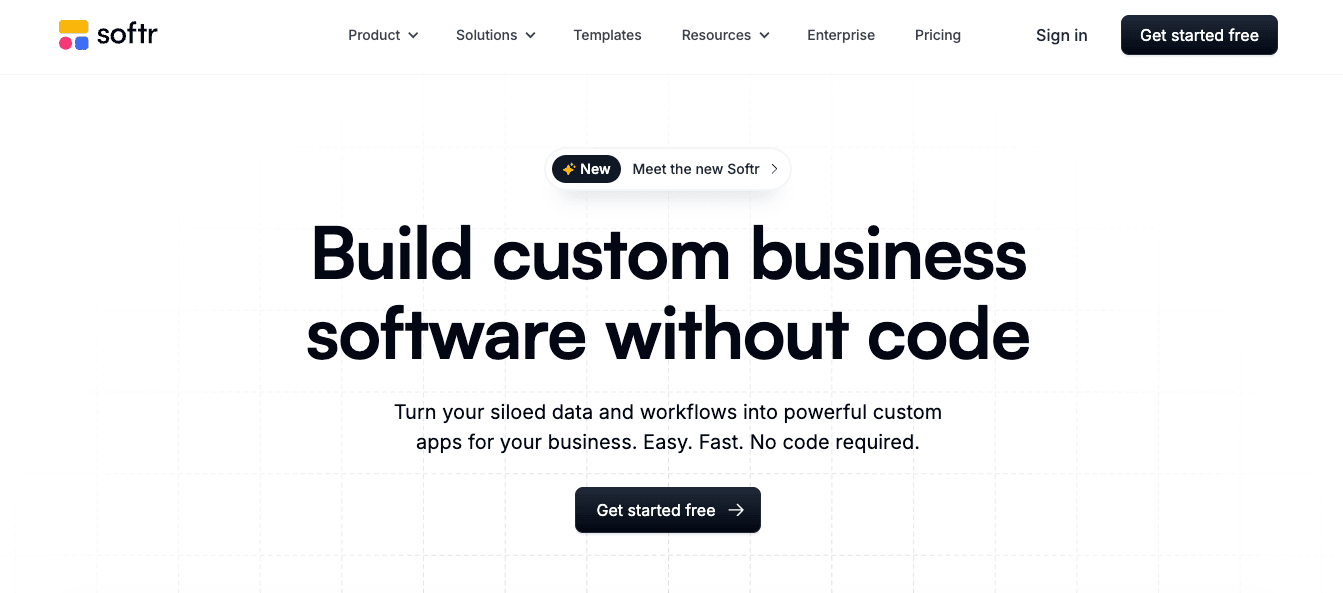
Softr.io started in 2019 as a no-code app builder and has become the go-to platform for turning Airtable and Google Sheets into sleek web apps like client portals and internal tools for businesses.
It's particularly good for solo founders, service businesses, or startups looking to build functional web applications quickly.
The platform uses a drag-and-drop builder with pre-built blocks, so you can create sophisticated web applications without coding knowledge. You can build everything from client portals to internal dashboards to membership sites.
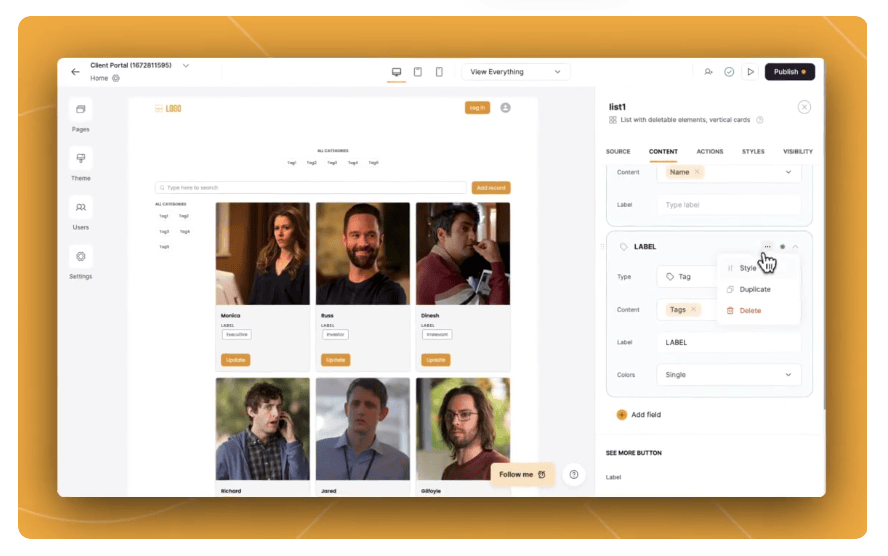
The free plan only allows one published app with up to 10 users, which is okay for personal or team use but won't be suitable if you plan to build a business unless you upgrade.
You'll also need to upgrade if you want to remove Softr branding and unlock features like Kanban boards, payments, or custom code.
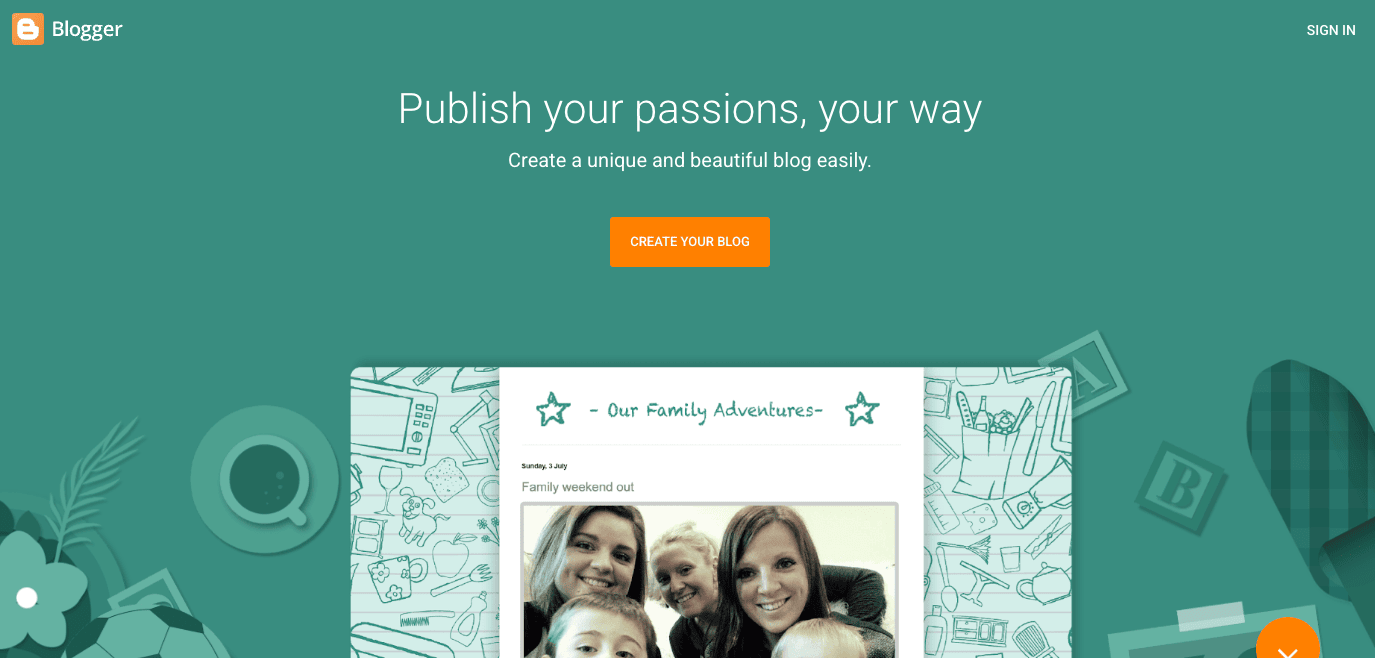
Blogger (blogger.com) is Google’s longtime free blogging platform.
It’s completely free to use and even lets you connect a custom domain if you own one. And since it's part of Google services, it integrates with AdSense if you plan to monetize later.
By the way, unlike other free website builder, there are no forced ads from Blogger itself, your site can actually be ad-free unless you add AdSense.
It also helps that it's super beginner friendly. You can just pick a template and start writing, even if you don't choose to add a custom domain.
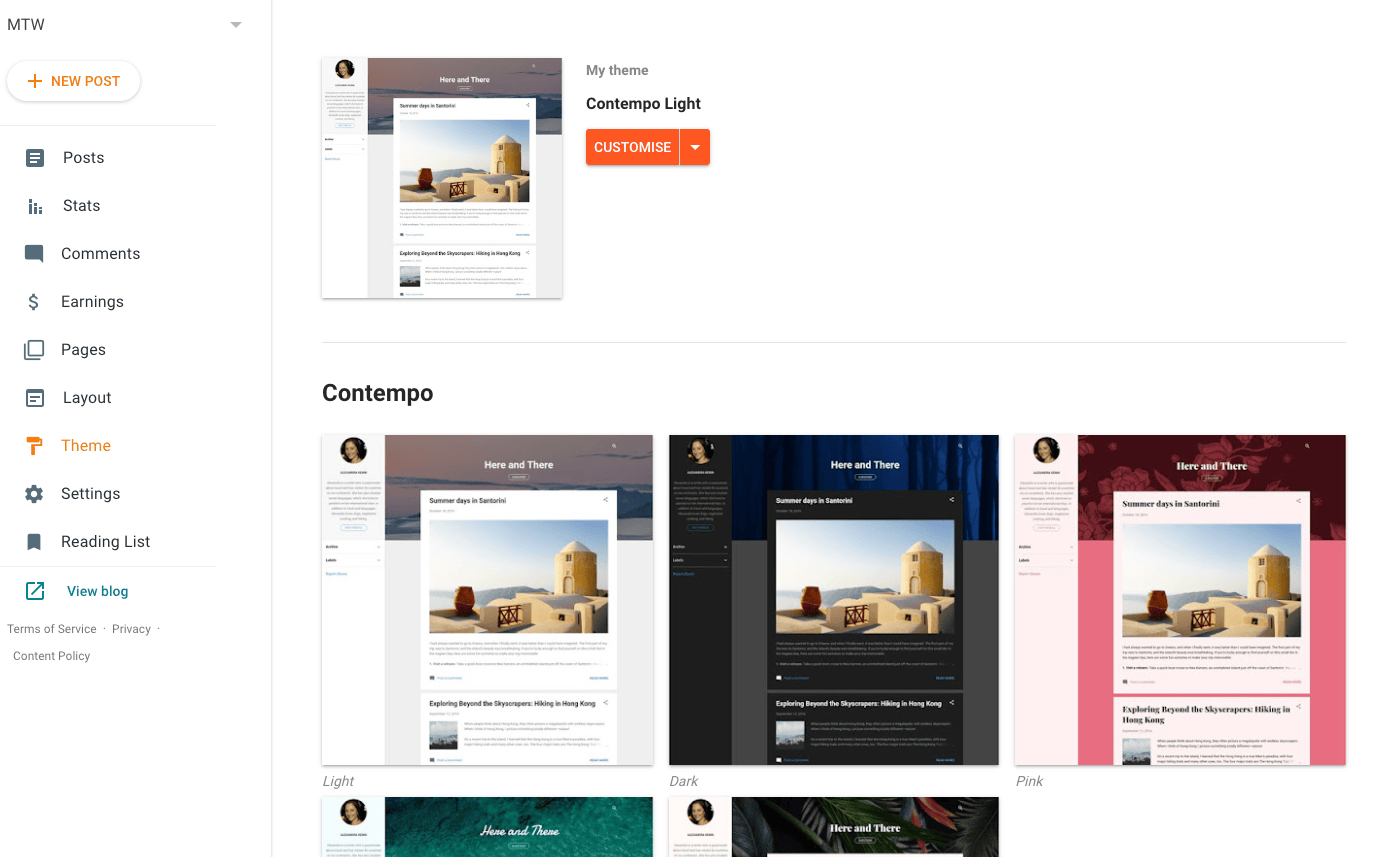
The designs and features are quite limited and look somewhat dated — imagine blogs from the early 2000s.
It also lacks modern templates and plugin ecosystem of WordPress, but hey it's free.
It’s fine for a personal or hobby blog, but I don't think it's great for a business blog or if you have long-term growth plans. Still, as a no-frills, no-cost blogging tool that never expires, it’s a solid option for simple blogs
Other free Blogger alternatives: Wordpress.com (comes with ads) or other free publishing platforms like Medium or Substack.

Google Sites is a free website builder from Google that lets you create simple websites through a drag-and-drop interface.
As you probabaly suspect, it integrates easily with other Google services, for example, you can embed Maps (for location), Forms (for contact us or surveys), Calendars, Google Docs, etc.
A big benefit for businesses, though, is that you can use a custom domain with Google Sites without paying Google (but you do need to own the domain via a registrar and set it up).
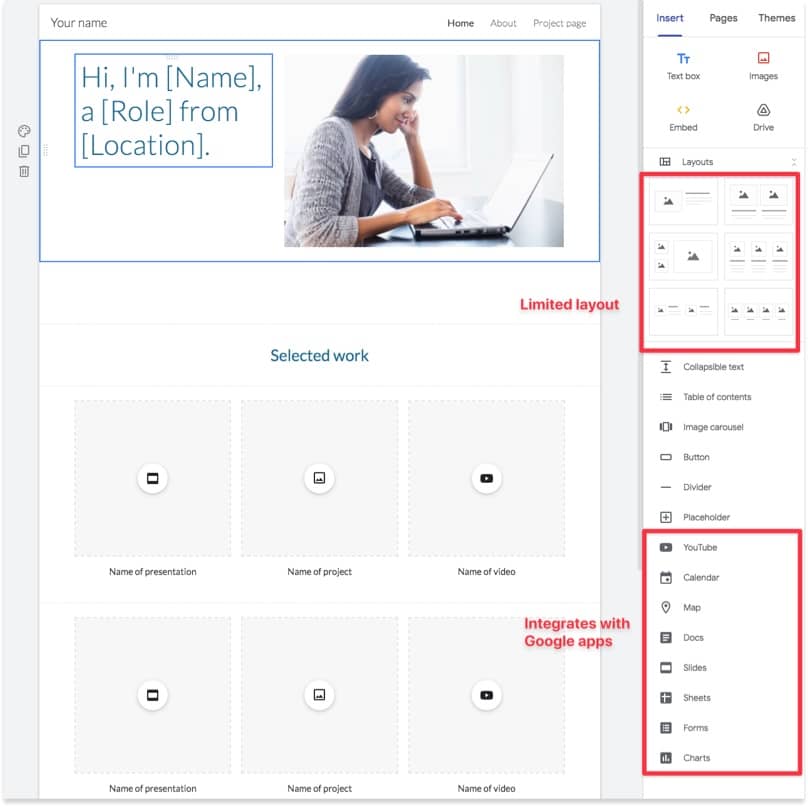
The site design will be extremely plain and template-based. It’s hard to make a Google Site reflect a strong brand identity beyond adding your logo and choosing a color theme.
SEO options are also very limited. For example, you can’t set meta descriptions for any pages. So it’s really intended for quick sharing rather than web marketing for your business.
For a small community group, club, or ultra-simple business site, Google Sites can be a practical choice.
It’s completely free, you can't even upgrade if you wanted to and there's no ads and no platform-enforced limits on storage or traffic. This makes it reliable for internal sites or as a quick online brochure for your business.

Consider the main purpose of your site and which limitations you can tolerate. But here's the summarized version:
For general business website: Hubspot can be a good value option. You get a professional site with marketing tools included. You also get to add a custom domain, blog, CRM, and email marketing - all free. The trade-off is limited design flexibility and small HubSpot branding.
Other solid alternatives: Wix (if you prioritize customization over clean URLs), Jimdo (simpler approach), and Google Sites (ultra-basic but reliable).
For Online store: Square is a great all rounder. You get unlimited product listings, full eCommerce functionality, and payment processing with just transaction fees. The downside is you're stuck with a Square subdomain and their branding.
For portfolios or personal sites: Wix is the most popular option with 200+ portfolio templates and complete design freedom. Yes, the editor can feel sluggish, and the branding is prominent, but the customization options are unmatched.
For landing page: Choose Landingi if you need high performance landing page.
Kit, on the other hand, works if your landing page is primarily for newsletter signups - you can grow to 10,000 subscribers completely free, which is incredibly generous.
For simple blogging: Blogger is the most straightforward option. 100% free, no forced ads, and you can add a custom domain. The designs look dated, but it's reliable for personal or hobby blogs.